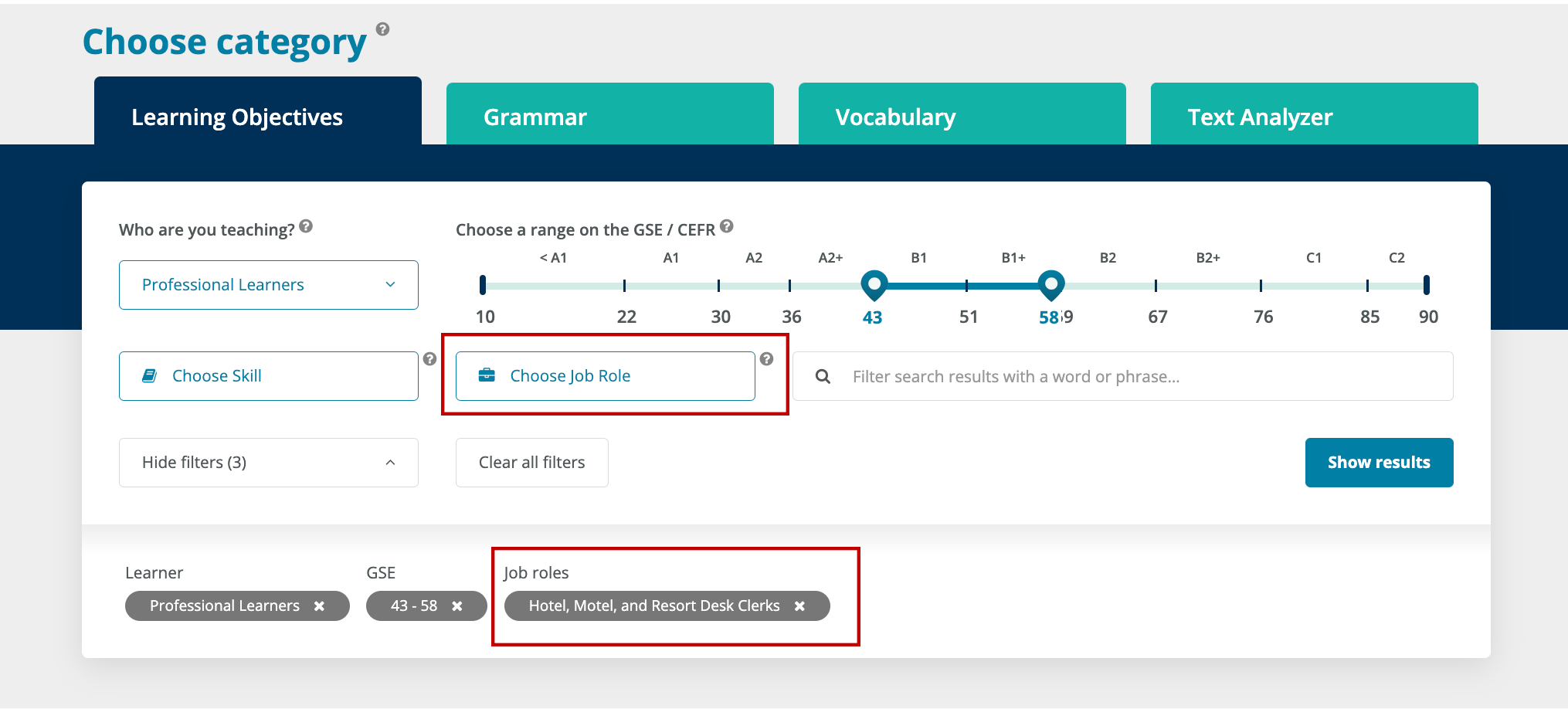
Language proficiency and succession planning: Developing future leaders
In today’s fast-paced business landscape, proactive succession planning is essential for HR professionals. Preparing the next generation of leaders is a business-critical initiative, to ensure organizational continuity, agility and long-term success.
Succession planning is often high up on the HR agenda, as it also promotes progression, reduces business disruption, and attracts top talent. There are many components to effective succession planning, including skills development, but one skill that’s often overlooked in this process is communication. One often overlooked yet highly influential component of effective succession planning is language proficiency.
At Pearson ELL, we believe strongly in the power of language and have designed our succession planning strategy with this in mind. The focus is on creating multilingual leaders who are not only proficient in their respective fields but also have a deep understanding of global culture and market dynamics.
In this blog post, we explore how communication skills and specifically language proficiency plays a pivotal role in succession planning and the development of future leaders. We’ll also provide actionable insights for HR professionals and managers on integrating language development into their succession strategies. As well as some insights from our very own ELL HR team.





